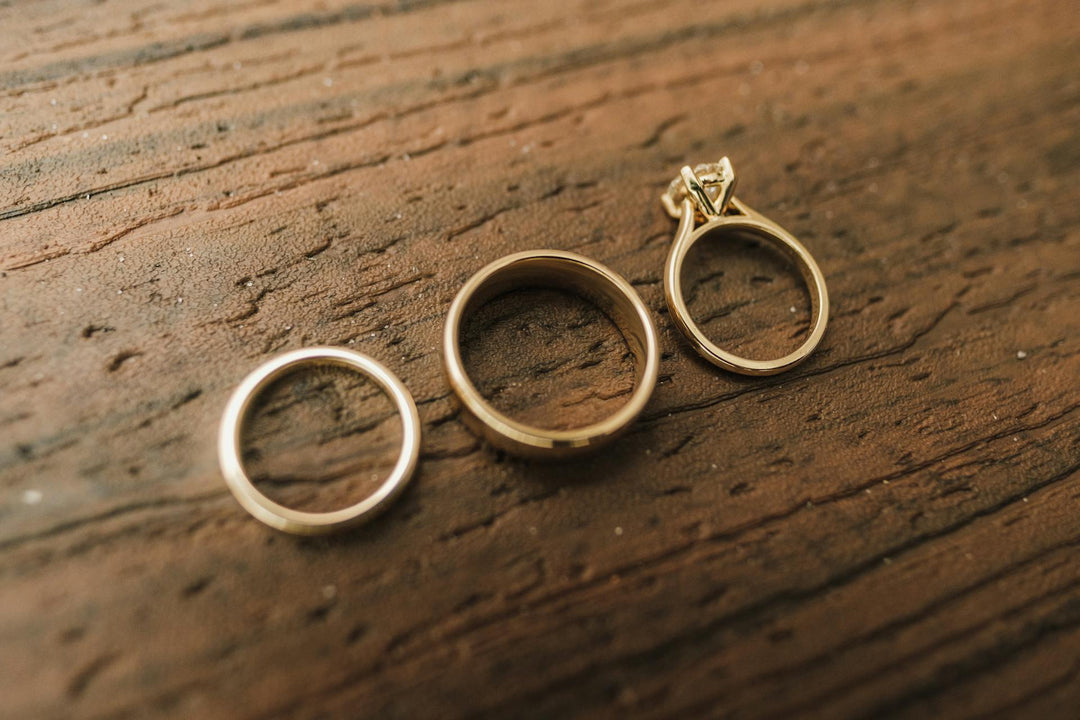Jewelry CAD/CAM (Computer-Aided Design/Computer-Aided Manufacturing) is a technology used in the jewelry industry to design and produce jewelry using computer software and machinery. It combines the precision and flexibility of computer design with the speed and accuracy of computer-controlled manufacturing processes.
Here's an overview of how Jewelry CAD/CAM works:
-
Design: Jewelry CAD software allows jewelry designers to create 3D models of their designs on a computer. Designers can manipulate and modify various aspects of the jewelry piece, such as shape, size, gemstone placement, and intricate details.
-
Virtual Rendering: Once the design is completed, the CAD software generates a photorealistic rendering of the jewelry piece. This helps designers and customers visualize the final product before it is manufactured.
-
CAM Programming: The CAD software then generates instructions for the CAM system to produce the jewelry piece. CAM programming involves determining the cutting paths and operations required to produce the design accurately.
-
CNC Machining: The CAM instructions are sent to a CNC (Computer Numerical Control) machine, which is a precision milling or 3D printing machine specifically designed for jewelry manufacturing. The machine uses specialized tools or lasers to precisely cut, engrave, and shape the jewelry piece from a raw material such as wax, metal, or resin.
-
Finishing and Assembly: After the initial manufacturing process, the jewelry piece may require additional finishing touches, such as polishing, setting gemstones, and attaching clasps or findings. These final steps are typically done manually by skilled jewelers.
Benefits of Jewelry CAD/CAM:
-
Design Flexibility: CAD software allows designers to create complex and intricate designs that would be difficult to achieve by traditional handcrafting methods.
-
Time and Cost Efficiency: CAD/CAM technology enables faster design iterations and reduces the time required to bring a jewelry piece from concept to final production. It also reduces material waste and optimizes the use of precious metals and gemstones.
-
Precision and Consistency: CAD/CAM systems ensure high levels of precision and consistency in jewelry manufacturing, resulting in accurate and uniform pieces.
-
Customization and Personalization: CAD/CAM technology enables customization and personalization, allowing customers to have unique, one-of-a-kind jewelry pieces tailored to their preferences.
Overall, Jewelry CAD/CAM has revolutionized the jewelry industry by combining traditional craftsmanship with modern technology, offering greater design possibilities, efficiency, and precision in jewelry manufacturing.





